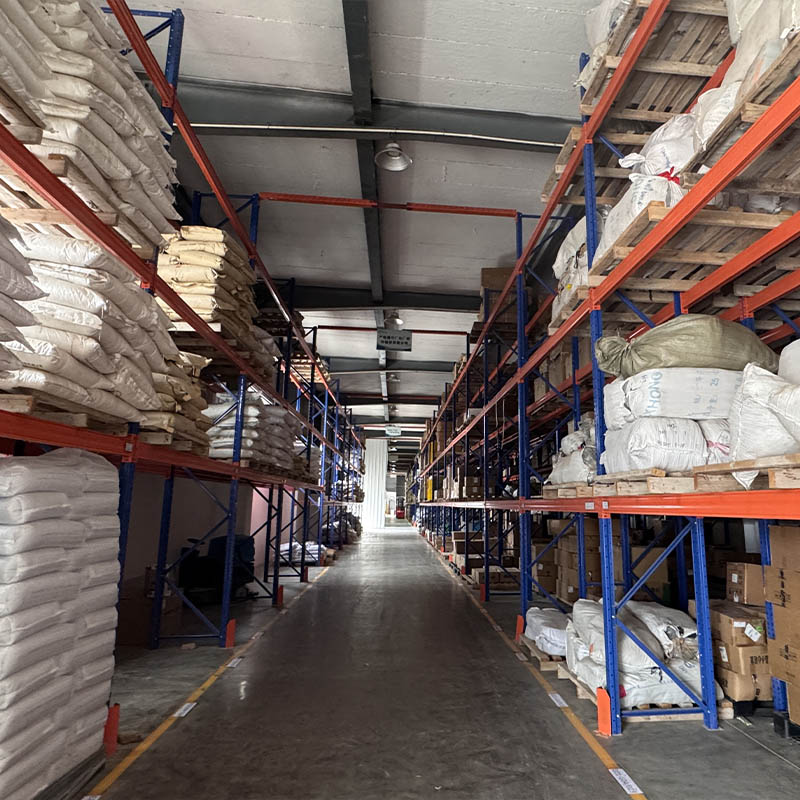Jul 30, 2025
When it comes to personal protective equipment (PPE) designed to safeguard workers from harmful airborne contaminants, Powered Air Purifying Respirators (PAPRs) stand out as critical tools in industries ranging from manufacturing to healthcare. But to enter the European market, these life-saving devices must meet stringent CE certification requirements. Let’s break down the key testing standards and obligations that manufacturers need to know.
Understanding the Regulatory Framework
First, it’s essential to recognize where PAPRs fit within EU regulations. As devices designed to protect users from respiratory hazards—including dust, fumes, and toxic gases—PAPRs are classified as Category III PPE under Regulation (EU) 2016/425. This classification applies to high-risk equipment where failure could result in serious injury or death, meaning compliance is non-negotiable.
Category III PPE requires rigorous testing and oversight by a Notified Body—an EU-accredited organization authorized to verify compliance. Self-declaration is not sufficient here; third-party validation is mandatory.
Core Standards: EN 12941 and Beyond
The backbone of CE testing for PAPRs is EN 12941:2001+A1:2009, the European standard specifically governing powered air-purifying respirators. This standard outlines performance, safety, and design criteria, while additional standards address specific components like filters and batteries. Let’s dive into the key testing areas:
1. Airflow Performance: Ensuring Reliable Protection
At the heart of a PAPR’s functionality is its ability to deliver a consistent supply of filtered air. Testing here focuses on:
Minimum airflow rates: For half-masks, the minimum is 160 L/min; for full facemasks, it’s 170 L/min. These rates must remain stable within a 10% tolerance during 30 minutes of continuous operation.
Positive pressure maintenance: The respirator must maintain a positive pressure (≥20 Pa) inside the mask to prevent unfiltered air from leaking in—even if there’s a small gap (10% leakage) between the mask and the user’s face.
Flow stability under varying conditions: Tests simulate different breathing rates (from 15 breaths/min at rest to 40 breaths/min during heavy work) to ensure airflow doesn’t drop dangerously.
2. Protective Efficacy: Blocking Harmful Substances
A PAPR’s primary job is to filter out contaminants, so testing verifies both the device’s seal and the performance of its filters:
Total leakage testing: Using aerosols (like sodium chloride or DOP), testers measure how much unfiltered air enters the mask. For the highest protection levels, total leakage must be ≤0.05%.
Filter compatibility: Filters must meet standards like EN 149 (for particulate filters) or EN 14387 (for gas/vapor filters). For example, a P100 filter must capture ≥99.97% of 0.3μm particles.
Seal integrity: The connection between the filter and PAPR host is tested for pressure decay—allowing no more than 50 Pa loss per minute to ensure no bypass.
3. Mechanical and Structural Safety
PAPRs must withstand harsh working conditions without compromising user safety:
Material durability: Components like masks and hoses undergo extreme temperature cycles (-30°C to +70°C) and UV exposure (72 hours) to check for cracking or deformation.
Strength testing: Straps, mask attachments, and filter connections must resist forces like 150N (for head straps) and 50N (for filter interfaces) without breaking.
Impact resistance: Full facemask lenses are tested with a 120g steel ball dropped from 1.3 meters to ensure they don’t shatter.
4. Electrical Safety: Powering Protection Safely
Since PAPRs rely on motors and batteries, electrical safety is paramount:
Insulation and grounding: Motors must withstand 2500V AC for 1 minute without breakdown, and metal components must have a ground resistance ≤0.1Ω.
Battery performance: Batteries (often lithium-ion) must pass EN 62133 tests, including short-circuit, overcharge, and crush scenarios, with no fire or explosion risk. They must also provide at least 4 hours of runtime at rated flow.
EMC compliance: To avoid interference from tools or radios, PAPRs must meet EN 61000 standards for electromagnetic compatibility.
5. Durability and Environmental Adaptability
PAPRs are built for long-term use, so testing ensures they stand the test of time:
Aging tests: Motors run continuously for 500 hours with ≤10% airflow loss, while batteries retain ≥80% capacity after 300 charge cycles.
Extreme environment performance: Devices must operate in -30°C cold and 40°C/90% humidity without airflow drops or electrical failures.
Special Cases: Tailoring to Unique Environments
Certain industries demand extra testing:
Medical settings: PAPRs used in healthcare must meet EN 14683 for biocompatibility (e.g., no skin irritation) and may require antimicrobial coatings.
Explosive environments: For use in zones with flammable gases, PAPRs need ATEX certification (EN 13463) to prevent sparks or static discharge.
CE testing for best powered air purifying respirator is rigorous, but it’s rooted in a simple goal: ensuring these devices protect users when they need it most. By adhering to EN 12941 and related standards, manufacturers not only gain access to the EU market but also demonstrate a commitment to safety that builds trust with workers and employers alike.
Read More
